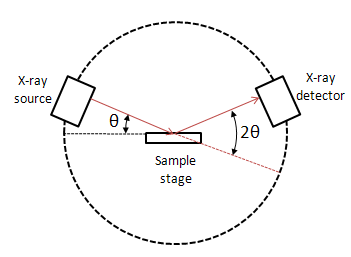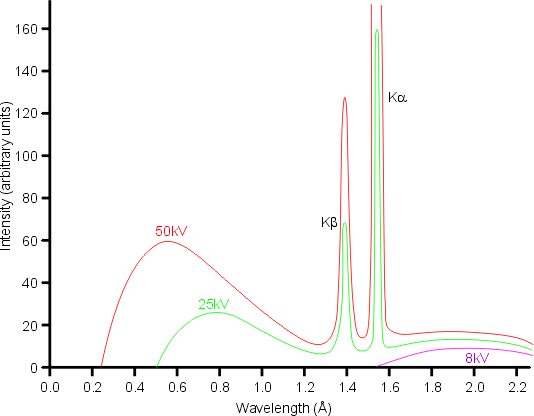Experiment is now going and getting results. However, frustratingly we are spending most of our time not acquiring the good data but getting the settings correct to collect good data. This is just the way of things, and the reason why it takes 7 days (24hrs) So as I hinted to before we need to find ourselves, the truncation rods (high angle diffraction) and specular ridges (reflectivity) in a 3D reciprocal space.
After trawling around a bit I have found a good paper for example of geometries and I'll show the main examples here.
If you imagine a 3D sample suspended in a vacuum with no external forces then the simple motions of that sample are clear forward-back, left-right and up-down. The complication comes when you consider the freedom to rotate about any axis (figure) and the fact that you must keep the scattering vector S normal to the sample surface in order to conduct the tests we are looking at.
 |
| Examples of possible rotations of the sample, while retaining the scattering vector S normal to the sample |
However you may have noticed that there is one other possible rotation possible which amounts to what we call asymmetric case (figure) and the scattering vector no longer normal to the sample surface.
 |
| Examples of the required case and off specular due to a rotation |
In order to get scattering theoretically your sample is flat the 2omega = 2theta as shown but in reality there will be some offset in omega due to the relative rotation around our forward-backwards axis.
If you have done all this, understanding and accounting for the "flatness" of your sample through a series of complex compound rotations the you are ready to scan through omega-2theta (linked) so that S the scattering vector is always perpendicular to the sample resulting in the intensity readings on the detector that give you information about the sample. "What information you ask?" well I'll get to that next time. For now I'm off to look at L edge absorption.




